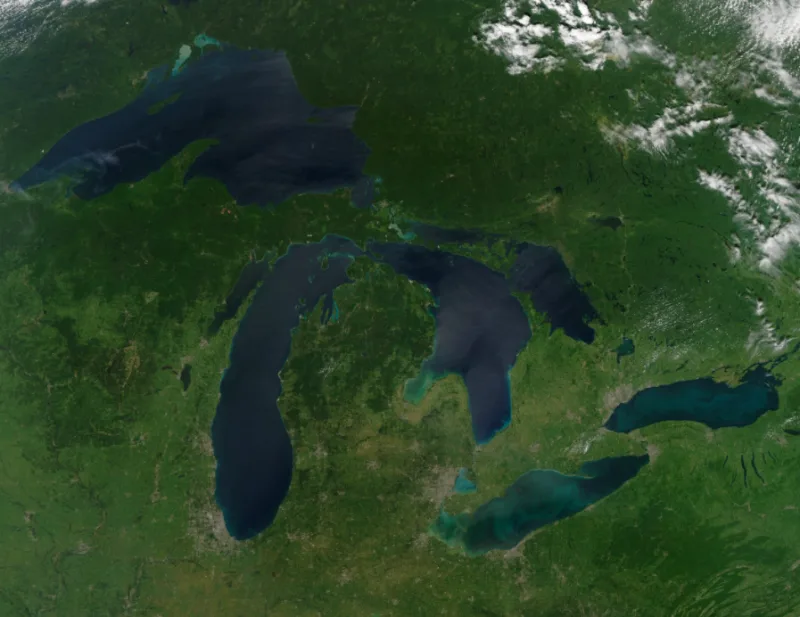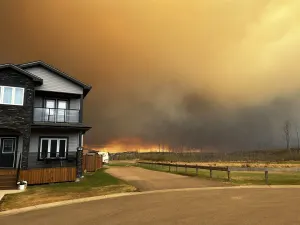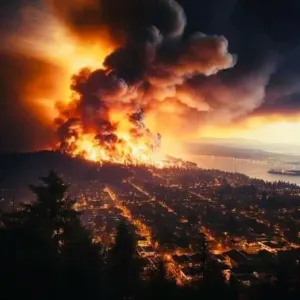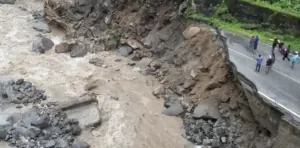
Great Lakes' water levels are on the rise, affecting shoreline communities
The water levels on the Great Lakes have always fluctuated, but the data show they've been on a definite upswing in recent years – something people in shoreline communities could tell you on their own.
Damaging shoreline events have become more common in recent years, as have evacuations triggered by them. Higher water levels make flooding more likely, while in winter, ice shoves pose their own challenge.
The biggest factors contributing to the problem appear largely out of human hands, such as how much precipitation falls in a year versus how much water is lost through evaporation, and how much runoff makes its way to the lakes. The lakes' enormous size, and relative lack of outlets to the sea, such as where Ontario flows into the St. Lawrence, mean levels also take a long time to subside.
In the long term, however, climate change will have its own effects: Not only will average water levels be higher, their fluctuations will feature higher peaks and lower ebbs – a challenge not only for those on shore, but for power generation and shipping.
For a more detailed analysis, watch the video above, from Weather Network reporter Mark Robinson.










